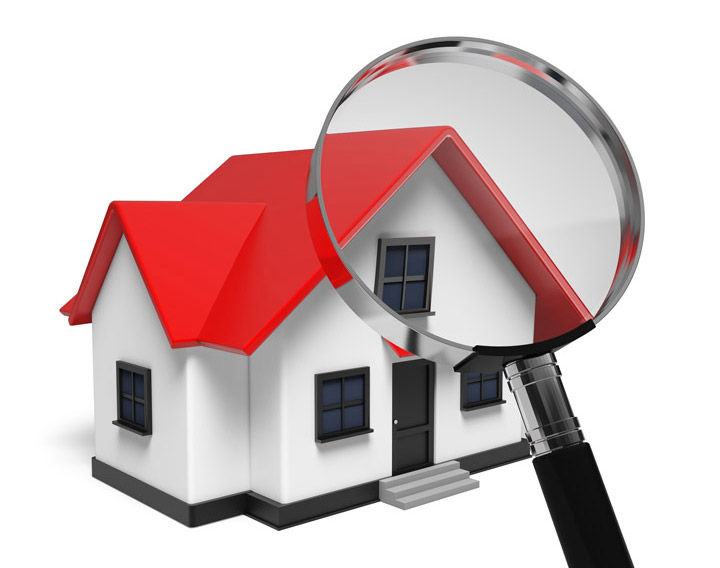
Comprehending AppraisalsGetting a home is the most significant investment some of us may ever make. Whether it's a main residence, a second vacation home or one of many rentals, the purchase of real property is an involved financial transaction that requires multiple parties to make it all happen. Most of the participants are quite familiar. The most recognizable face in the exchange is the real estate agent. Then, the lender provides the money needed to finance the transaction. The title company sees to it that all areas of the sale are completed and that a clear title transfers to the buyer from the seller. So, what party makes sure the value of the property is consistent with the amount being paid? This is where you meet the appraiser. We provide an unbiased opinion of what a buyer might expect to pay — or a seller receive — for a property, where both buyer and seller are informed parties. A licensed, certified, professional appraiser from Sage Canyon Appraisals will ensure, you as an interested party, are informed. Inspecting the subject propertyTo ascertain an accurate status of the property, it's our responsibility to first complete a thorough inspection. We must see features hands on, such as the number of bedrooms and bathrooms, the location, living areas, etc, to ensure they truly are there and are in the shape a reasonable buyer would expect them to be. The inspection often includes a sketch of the floorplan, ensuring the square footage is accurate and illustrating the layout of the property. Most importantly, we identify any obvious features - or defects - that would have an impact on the value of the house. Once the site has been inspected, an appraiser uses two or three approaches to determining the value of real property: a sales comparison, a replacement cost calculation, and an income approach when rental properties are prevalent. 
Cost ApproachHere, we gather information on local construction costs, labor rates and other factors to calculate how much it would cost to construct a property nearly identical to the one being appraised. This figure commonly sets the upper limit on what a property would sell for. The cost approach is also the least used method. 
Paired Sales AnalysisAppraisers can tell you a lot about the subdivisions in which they work. They innately understand the value of particular features to the homeowners of that area. Then, the appraiser looks up recent transactions in close proximity to the subject and finds properties which are 'comparable' to the subject being appraised. By assigning a dollar value to certain items such as fireplaces, room layout, appliance upgrades, extra bathrooms or bedrooms, or quality of construction, we adjust the comparable properties so that they more accurately portray the features of subject property.
An opinion of what the subject could sell for can only be determined once all differences between the comps and the subject have been evaluated. At Sage Canyon Appraisals, we are an authority in knowing the value of real estate features in Saint George and Washington County neighborhoods. The sales comparison approach to value is most often awarded the most importance when an appraisal is for a home sale. Valuation Using the Income ApproachIn the case of income producing properties - rental houses for example - the appraiser may use a third approach to value. In this scenario, the amount of income the real estate produces is factored in with income produced by nearby properties to derive the current value. The Bottom LineCombining information from all approaches, the appraiser is then ready to stipulate an estimated market value for the property at hand. It is important to note that while the appraised value is probably the most reliable indication of what a house is worth, it may not be the final sales price. There are always mitigating factors such as seller motivation, urgency or 'bidding wars' that may adjust the final price up or down. But the appraised value is often employed as a guideline for lenders who don't want to loan a buyer more money than they could get back in the event they had to sell the property again. The bottom line is, an appraiser from Sage Canyon Appraisals will help you discover the most accurate property value, so you can make wise real estate decisions. |